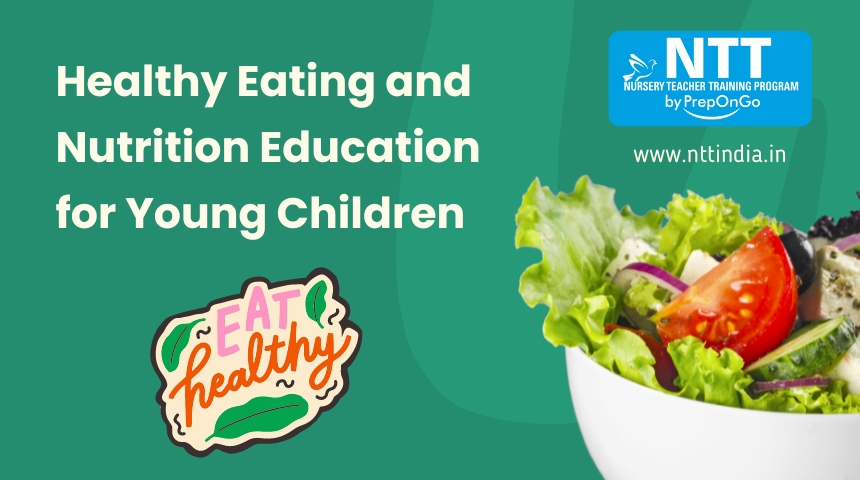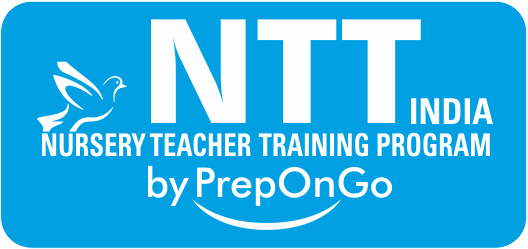Healthy Eating and Nutrition Education for Young Children

Ensuring that young children develop healthy eating habits is crucial for their overall growth, development, and long-term well-being. Early childhood is a formative period, and instilling good nutritional practices during this time can set the foundation for a lifetime of healthy choices. In this article, we will explore the importance of healthy eating and nutrition education for young children and provide practical tips for parents and educators to promote these essential habits.
Why Healthy Eating and Nutrition Education Matter
Healthy eating and nutrition education play a vital role in a child’s physical and cognitive development. Here are a few reasons why they are so important:
- Physical Growth: Proper nutrition supports the rapid growth and development that occurs during early childhood. Adequate intake of vitamins, minerals, and other nutrients is essential for building strong bones, muscles, and tissues.
- Cognitive Development: Nutrition has a direct impact on brain development. Essential nutrients like omega-3 fatty acids, iron, and zinc support cognitive functions, including memory, attention, and problem-solving skills.
- Immune System: A balanced diet helps strengthen the immune system, making children less susceptible to illnesses and infections.
- Healthy Habits: Teaching children about nutrition from a young age helps them develop healthy eating habits that can last a lifetime, reducing the risk of obesity and related health issues.
- Emotional Well-Being: Proper nutrition can also influence a child’s mood and behavior. A balanced diet helps maintain stable energy levels, which can improve focus and reduce irritability.
Strategies for Promoting Healthy Eating and Nutrition Education
1. Lead by Example
Children learn by observing the adults around them. Demonstrate healthy eating habits by choosing nutritious foods and maintaining a balanced diet yourself. When children see their parents and teachers enjoying healthy foods, they are more likely to follow suit.
2. Involve Children in Meal Preparation
Involving children in the kitchen can make them more interested in what they eat. Simple tasks like washing vegetables, stirring ingredients, or setting the table can make them feel invested in their meals and more likely to try new foods.
3. Create a Balanced Plate
Teach children about the different food groups and the importance of a balanced diet. Explain the benefits of fruits, vegetables, whole grains, proteins, and dairy. Use visuals like colorful plates or food models to make learning fun and engaging.
4. Make Healthy Snacks Available
Stock your kitchen with healthy snacks like fruits, vegetables, yogurt, and whole-grain crackers. Having nutritious options readily available encourages children to make healthier choices when they are hungry between meals.
5. Teach Portion Control
Help children understand portion sizes and the importance of listening to their bodies. Encourage them to eat until they are satisfied, not necessarily until their plate is empty. This can prevent overeating and promote a healthy relationship with food.
6. Introduce a Variety of Foods
Expose children to a wide range of foods from different cultures and cuisines. This not only broadens their palate but also teaches them about the nutritional benefits of diverse foods.
7. Use Educational Resources
Books, videos, and interactive games can be valuable tools for teaching children about nutrition. Look for resources that are age-appropriate and engaging, making learning about healthy eating fun.
Fun Activities to Teach Nutrition
1. Food Group Sorting Game
Materials: Pictures of various foods, labeled containers for each food group
Instructions: Have children sort the pictures into the correct food group containers (fruits, vegetables, grains, proteins, dairy). Discuss the benefits of each food group as they sort.
2. Create a Healthy Menu
Materials: Paper, crayons or markers
Instructions: Ask children to design their own healthy menu for a day, including breakfast, lunch, dinner, and snacks. Encourage them to include foods from all the major food groups.
3. Veggie Taste Test
Materials: A variety of raw and cooked vegetables, small plates, and forks
Instructions: Let children sample different vegetables and vote on their favorites. Discuss the nutritional benefits of each vegetable and encourage them to try new ones regularly.
4. Grow a Garden
Materials: Seeds, soil, pots or a garden bed
Instructions: Plant a small garden with easy-to-grow vegetables like tomatoes, carrots, or lettuce. Involve children in the planting, watering, and harvesting process. This hands-on activity teaches them where their food comes from and the importance of fresh produce.
Conclusion
Healthy eating and nutrition education for young children are essential components of their overall development. By incorporating these practices into daily routines and educational activities, parents and educators can help children build a strong foundation for a healthy lifestyle. Encouraging children to make nutritious choices and teaching them the value of a balanced diet will not only support their physical and cognitive growth but also instill habits that can lead to a lifetime of well-being.
By implementing these strategies and activities, we can make healthy eating an enjoyable and integral part of young children’s lives, ensuring they grow up with the knowledge and habits needed to thrive.
